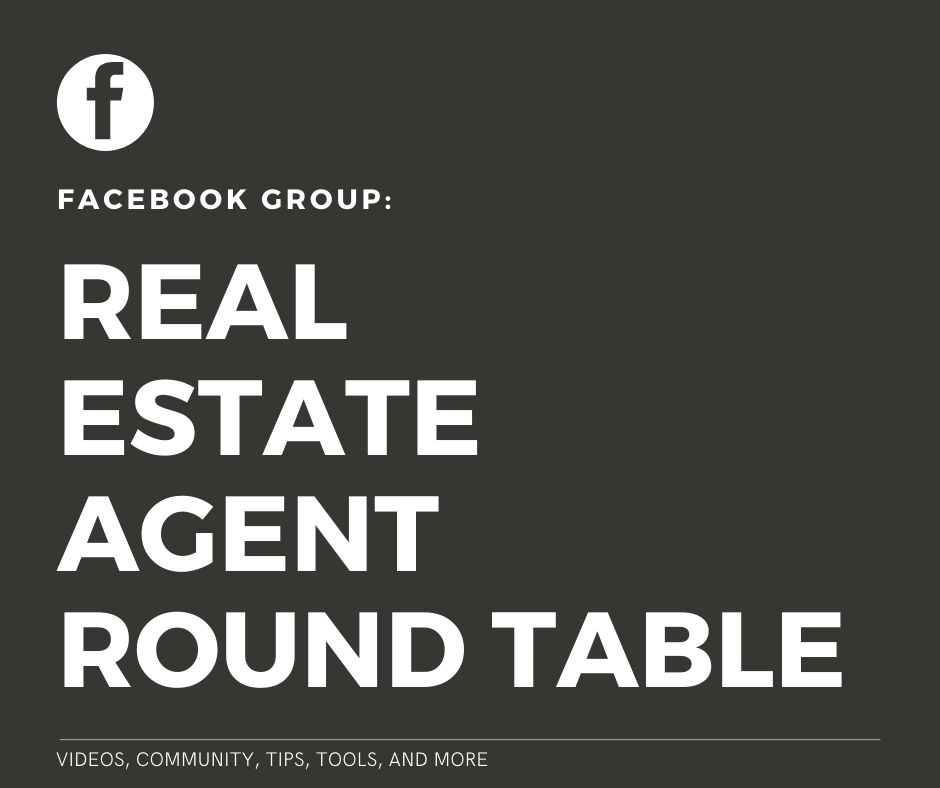When it comes to real estate negotiation strategies, it pays to learn the top-notch tactics that the high producers use.
As a real estate professional, you step into the shoes of your clients and act on their behalf in a lot of ways. Yet, oftentimes, you may feel differently about a given situation. Your client will not always be on the same page as you. Your client may not be acting in their own best interest.
This is a very frustrating part of real estate. The negotiations themselves are usually easier than difficult conversations with your own client to get them on the same page as you. They need to be “bought in” on a negotiation position. That is a very important aspect of real estate negotiation strategies.
It is vital to provide your clients with the information they need to make informed decisions. This is the first and most important component to successful real estate negotiation strategies. Oftentimes, logic does not apply. There is denial. There are emotional factors.
The relationship between you and your client comes into play on a high level during negotiation. So, this will be a large part of your real estate negotiation strategies training. It’s all about how you deliver the material. How much control do you have? How much convincing do you need to do to get your client on the same page about the tough actions they must take to “win”?
You must have courage. It takes guts to have tough conversations. It is your responsibility to try to put them in (and keep them in) a strong negotiating position.
Another thing to remember is that during a transaction, you won’t just be negotiating one time. You’ll be negotiating multiple times. You’ll “negotiate” with your client before making an offer, you’ll negotiate the contract, after inspections, after appraisal, etc. As circumstances change, you may need to negotiate even more.
Typically, with low housing inventory (low supply and high demand), you have sellers that are naturally in a position of power and negotiating strength. You want to maintain, if not increase, their position of power, because this is our duty. Advocate and negotiate on behalf of your sellers.
You want to maintain, if not increase, their position of power, because this is our duty.
You want to get the highest price possible, so list at market value.
One popular strategy is to list a property at market value and not stretch the price too high. This may seem counterintuitive to your sellers. It is vital that when you have the conversation with your seller on list price, you explain how the market behaves with low inventory. You need to make them understand why listing at market value is the best move.
If you list it at market value, then you have a greater chance of attracting multiple offers which will then bid up the price above asking because of the competitive feeding frenzy it will create.
It is always better to have more than one buyer competing for a house because it gives you the upper hand. You can ask for things now because there are at least two competing parties. You can get them to waive contingencies, or you can get them to pay the difference if the house doesn’t appraise. It’s a huge advantage.
When you talk to your sellers about pricing their house at market value vs. stretching too high, use buzz words. Risky move, dice roll, gamble all can be used to describe overpricing the house. Conversative play, safe bet, can be used to describe pricing at market value to attract multiple offers.
Download our list of trial closes and tie-downs, which will help you as you develop scripts to use as you guide your clients through negotiations.

Most sellers fear taking their house off the market too soon. They tend to worry about accepting an offer too early and not waiting for a better one. When an offer is accepted, you are stuck with this buyer for a while. And if for some reason they don’t perform or qualify, you have to go back on the market, and once again, everyone wonders what’s wrong with this house.
Your sellers may have already put an offer on their replacement home and now they can’t buy it because their buyers fell through or won’t close in time. It creates a lot of nightmares. If any of this happens to your sellers, there is almost no way that your sellers are going to say that they had a great home selling experience with you.
All of this may not be your fault, but either way, it’s not a great time. The Realtor takes the blame. So, you need to try to mitigate the chances of the deal falling through. Do your due diligence and protect your clients.
Do your due diligence and protect your clients.
Most people decide the houses they will show over the weekend on Wednesdays and Thursdays. They have to schedule them, talk to their client, talk to the seller, talk to the listing agent, so they start looking midweek. You will attract more buyers if you list a little earlier in the week because it builds up more anticipation into the weekend.
You’ll receive most of your calls to set up showings during the week, when you are in a better position to receive these calls and set up a good schedule for the weekend.
Once we get into the weekend, there is a lot more attraction and buzz. There is more activity because of this build-up and good scheduling.
You can say that you will present all offers on Monday. Final conversations and decisions can happen on Monday.
Look at a calendar and see what date your closing lands on. You need to make sure that it lands on a Tuesday or a Wednesday. And, make sure you put that specific date in the contract.
Low producers have closings that are high-stress. High producers don’t. Low-producers are so stressed because if anything goes wrong and their Friday closing gets pushed back, the entire weekend is ruined because everyone plans to move on that Saturday. Movers are scheduled, moving trucks are rented, plans are made, etc.
RULE OF THUMB: Schedule things in the middle of the week. Listings go live in the middle of the week. Listings close in the middle of the week. Give yourself some cushion – don’t run your timelines so tight. There are too many factors at play that can screw up your timeline.

This is a process that we call “Monkey in the Middle.” These are negotiations between the buyer’s agent and the seller’s agent.
This strategy is something that you must explain to your clients before and during negotiations. You explain it before negotiations to set proper expectations. You explain it during the negotiations to show that you are an expert and you have a strategy in place.
Usually, real estate agents have no strategy whatsoever. They play the game spontaneously. There is no plan. This is your chance to impress your clients. If they look at you as an expert, they will listen to what you say.
Let’s run through an example of this process. The reason we call it “Monkey in the Middle” is because the first thing we do with every offer is figure out where the middle point is.
So, let’s say the list price is $600,000 and we have an offer come in at $500,000. That means the seller and the buyer are $100,000 apart. If you represent the seller, you need to be ok with the middle point number. In this case, that would be $550,000. That’s the number you would be okay with accepting. If you are okay with this middle number, you will entertain this offer or counteroffer.
Same with the buyer’s side. If $600,000 is what the seller wants and you want to offer $500,000, you have to be okay with that middle number of $550,000 in order to even make the offer of $500,000. Maybe the buyer isn’t okay with this number, but at least, as the agent, you set the expectation that this is the middle number that we can expect.
To negotiate in good faith, you must always look at the middle point. Negotiations move the number closer to the middle.
Negotiations move the number closer to the middle.
Your job, if you represent the seller, is to counter with an offer between the middle number and your original price. In our example, the middle point is $550,000 and the original price is $600,000. The number between these is $575,000, and that would be your counter offer. Explain that this would put you on track toward a final offer of $550,000. That being said, if it’s a strong sellers market, you may try to pull them north of that $550,000 number. What you might do instead is to counter with $585,000 instead. Now you are increasing the trajectory of the final offer.

Disclose all the risks to your buyers. In this hot sellers market, you are going to need to take risks. You’re going to need to do all of the things that we talked about sellers requiring – pay increased deposits and have them released early, etc. Yes, you are risking that money. But that is the way it is. Make sure you always explain this clearly to your buyers and have it in writing in an email, at least, so you can prove that you have disclosed these risks. If your buyers are making offers and they aren’t getting accepted, it could be because they are not being aggressive enough to stand out in this hot sellers market.
